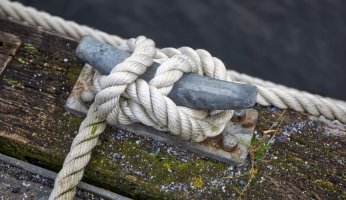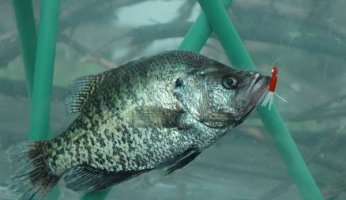Catching a Gulf Blue Marlin
 Catching a Gulf Blue Marlin
gearweare.net
Catching a Gulf Blue Marlin
gearweare.net
For anybody who has ever fished in the Gulf of Mexico, you know that marlin are by far the most exciting option. These aggressive, deep-water fish are known to fight for hours and jump several feet above the surface of the water. However, there is another side to this type of fishing.
Marlin fishing has been described as hours of monotony with minutes of terror. Catching a Gulf Blue Marlin is done by trolling, so most of your day is spent cruising around the gulf waiting for a strike. In addition, the gear is expensive and somewhat complicated. This is one type of fishing that I suggest you do with an outfitter. It is quite difficult to put together an affordable DIY marlin trip and be successful.
That being said, there is definitely some basic knowledge that you want to have before you go. Keep in mind that like any service provider, there are good companies and bad companies. Any input that you can give as to where you want to go or how you want to fish will help protect your interests. Even if your outfitter disagrees, at least you will know why. This ensures that the outfitter actually cares if you catch fish or not.
Table of Contents
General Setup
On marlin fishing boats you will typically see the same setup. The boat will normally be targeting a variety of depths and widths. The depth will almost always be more than 250 feet. Fishing times are anywhere from sunrise to sunset. Somewhere between five and seven rods are rigged with line and lures, with the longest line being the center rod. This will drag a lure about 150 feet behind the boat. They are attached behind the fighting chair and then the lines are spread using outriggers. This setup ensures that your lures cover the largest area possible. It also ensures that your lines do not end up in a tangled mess as the boat turns.
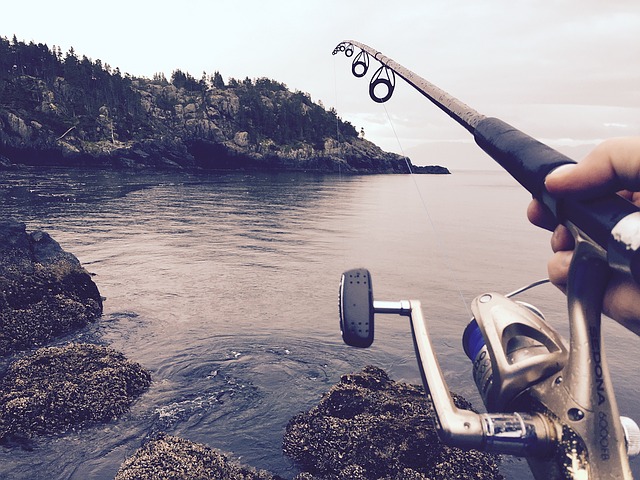
As for lures, the center line is typically rigged with an Islander/ballyhoo combination, sometimes behind a “bird.” The long riggers to the sides are usually skirted trolling lures like Pakulas or Black Barts. The short riggers are usually larger trolling lures. The flat lines are often wahoo baits, like MyLure/ballyhoo combos. Often outfitters will pull teasers when trolling for blue marlin as well. The top grade reels typically used are Penn 50s, 70s and 80s, with 2-speed capability. Altogether, there’s about $20,000 worth of tournament-grade tackle employed in the cockpit of most marlin boats.
Getting a Fish On
Most outfitters have saved coordinates for their marlin hot spots. As with most fish, marlin like to feel protected and require cover. At this depth of water, the cover is typically offshore platforms or bottom structures. Once the outfitter gets to the hot spot, it is time to troll around until you get some action.
When a fish hits, you will know it. It is completely obvious. The fish takes off and starts to rip the line out of the reel. The captain will yell ‘fish on’ and the crew rushes to get you ready. This is the crazy part. As you climb into the chair, a crew member grabs the rod that is doubled over. He then places it in the gimble mount and attaches the straps from the fighting chair to the reel. You are now ready for a fight.
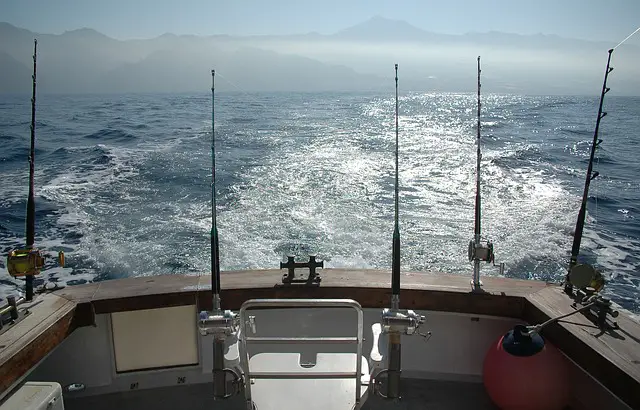
The Fight
This is where things get really interesting. You can expect all crew members to be yelling to reel as fast as you can. Most outfitters have dealt with clients that are not prepared to put in much work. They have had customers that get in the fighting seat and then do very little fighting. The fear is that you might lose the marlin after trolling around all day. If there is any slack on the line, a simple shake of its head could release the hook from the fish’s mouth.
There is one precaution for this scenario which outfitters normally do not explain. The captain will not let off of the throttle until you have demonstrated that you are ready to fight the fish. This means that you have to show that you can keep the rod tip bent consistently. When they see that you can keep the line taught, they will start to back off the throttle. Then when you have reeled in all but about 50 feet of line they will stop the boat. This is the point where the marlin is done jumping and should stay on the line. In all reality you may spend most of your time fighting the boat instead of fighting the fish.
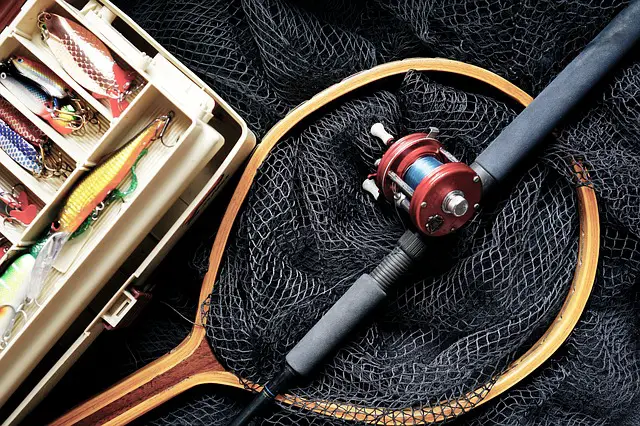
It takes some artful reeling to bring the fish in that last 50 feet. As you fight the fish it will continue to pull out line. The only good way to offset this is to pulse the rod. To pulse you raise the rod by a foot or more and then reel as fast as you can as you back off on the pressure. This takes in the line by a few feet at a time, but will give you continual progress. Hopefully when the fish reaches the boat, the wireman can bring it in for pictures without any surprises.
Marlin are catch and release trophy fish, so you will likely be urged to get the line back in the water as quickly as possible. The goal is to catch more fish if there is still enough daylight. Bringing in a marlin fighting for its life can be one of the most exciting experiences of your life. In addition, having a general knowledge of the process can ensure you have a great time and get the best value for your dollar. Enjoy your trip!





